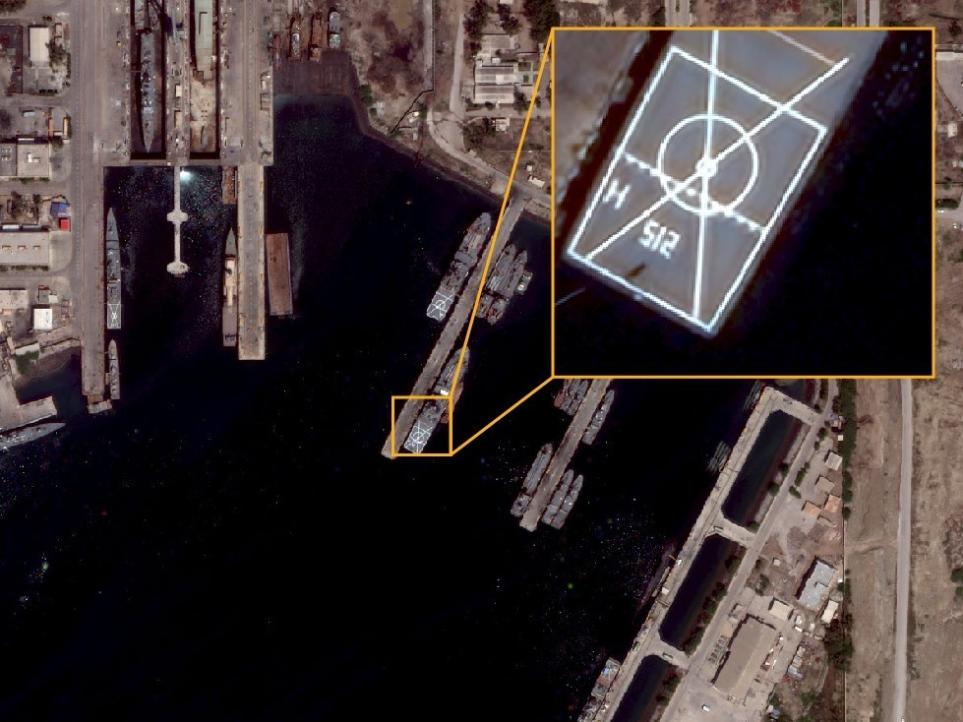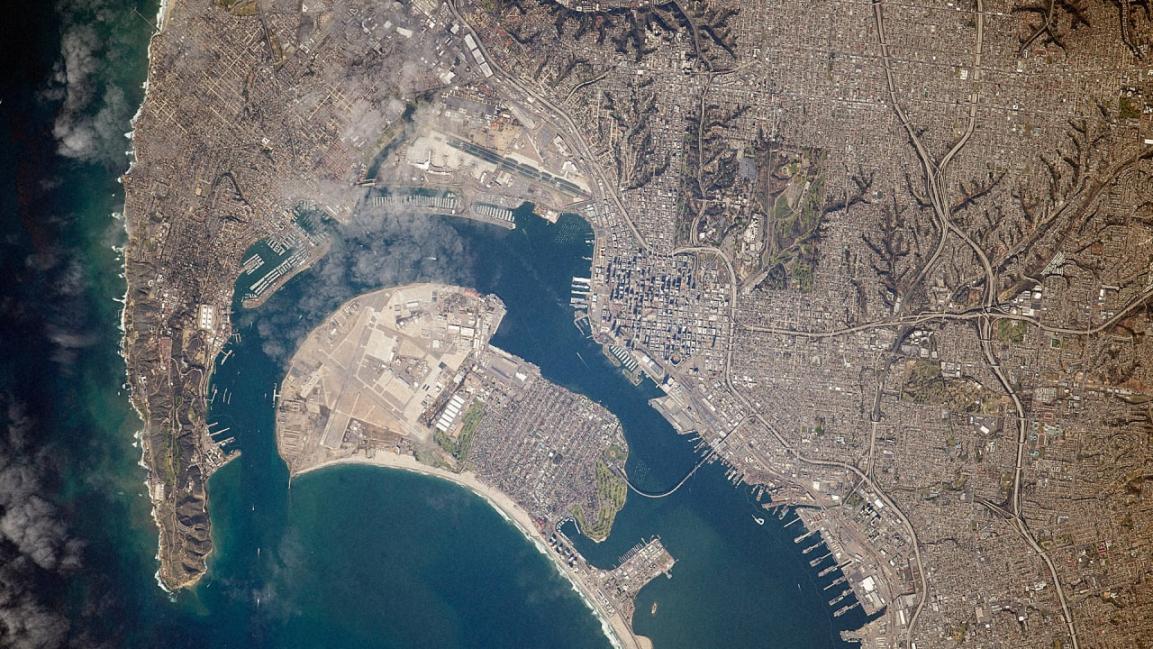What Are the Challenges of Using Satellite Imagery in Social Work?
Satellite imagery has emerged as a powerful tool with the potential to revolutionize social work practices. By providing detailed information about the physical environment and human settlements, satellite imagery can offer valuable insights into the living conditions, vulnerabilities, and needs of communities. However, harnessing the full potential of satellite imagery in social work comes with a unique set of challenges that need to be addressed.

Challenges Of Using Satellite Imagery In Social Work
Data Accessibility and Availability
- Limited Availability: Satellite imagery may not be readily available for certain regions, particularly in developing countries or remote areas.
- Timeliness and Resolution: Obtaining timely and high-resolution imagery can be challenging, especially during emergencies or rapidly changing situations.
- Data Sharing and Distribution: Sharing and distributing satellite imagery among stakeholders can be complex due to data ownership, privacy concerns, and technical limitations.
Data Interpretation and Analysis
- Specialized Skills and Knowledge: Interpreting satellite imagery requires specialized skills and knowledge in remote sensing, image processing, and geospatial analysis.
- Extracting Meaningful Information: Extracting meaningful information from complex satellite imagery can be challenging, particularly for non-experts.
- Integrating Data Sources: Integrating satellite imagery with other social work data sources, such as census data or household surveys, can be complex and time-consuming.
Ethical Considerations
- Privacy Concerns: Using satellite imagery raises potential privacy concerns, as it can provide detailed information about individuals and communities.
- Informed Consent: Obtaining informed consent from individuals or communities before using their satellite imagery is crucial to respect their privacy and autonomy.
- Guidelines and Regulations: Clear guidelines and regulations are needed to govern the ethical use of satellite imagery in social work, ensuring responsible and respectful practices.
Technological Limitations
- Data Volume and Processing: Satellite imagery often generates large volumes of data, requiring powerful computing resources and specialized software for processing and analysis.
- Resolution and Accuracy: Current satellite technology may have limitations in terms of resolution and accuracy, which can affect the usability of the imagery for certain applications.
- Technological Advancements: Ongoing technological advancements are needed to improve the resolution, accuracy, and coverage of satellite imagery, as well as to develop more user-friendly tools for analysis.
Cost and Resources
- Financial Implications: Using satellite imagery can involve significant financial costs, including the acquisition of imagery, data processing, and specialized software.
- Funding and Resources: Adequate funding and resources are needed to support the acquisition, processing, and analysis of satellite imagery in social work.
- Partnerships and Collaborations: Partnerships and collaborations among organizations and institutions can help share costs and resources, making satellite imagery more accessible for social work applications.
Overcoming The Challenges
Addressing the challenges of using satellite imagery in social work requires a multi-faceted approach that involves collaboration among researchers, practitioners, policymakers, and technology providers.
- Improving Data Accessibility: Initiatives to increase the availability of satellite imagery, particularly for underserved regions, can help improve data accessibility.
- Enhancing Data Interpretation: Developing user-friendly tools and training programs can help social workers and other stakeholders interpret satellite imagery effectively.
- Addressing Ethical Considerations: Establishing clear guidelines and regulations, as well as promoting ethical practices, can help address privacy concerns and ensure responsible use of satellite imagery.
- Promoting Technological Advancements: Investing in research and development can lead to technological advancements that improve the resolution, accuracy, and usability of satellite imagery.
- Securing Funding and Resources: Securing adequate funding and resources through government support, partnerships, and innovative funding models can ensure the sustainability of satellite imagery use in social work.
Satellite imagery holds immense potential for transforming social work practices by providing valuable insights into the living conditions, vulnerabilities, and needs of communities. However, addressing the challenges related to data accessibility, interpretation, ethical considerations, technological limitations, and cost and resources is essential to unlock the full potential of satellite imagery in social work. By overcoming these challenges through collaborative efforts and innovative approaches, social workers can harness the power of satellite imagery to improve the lives of vulnerable populations and promote social justice.

YesNo

Leave a Reply